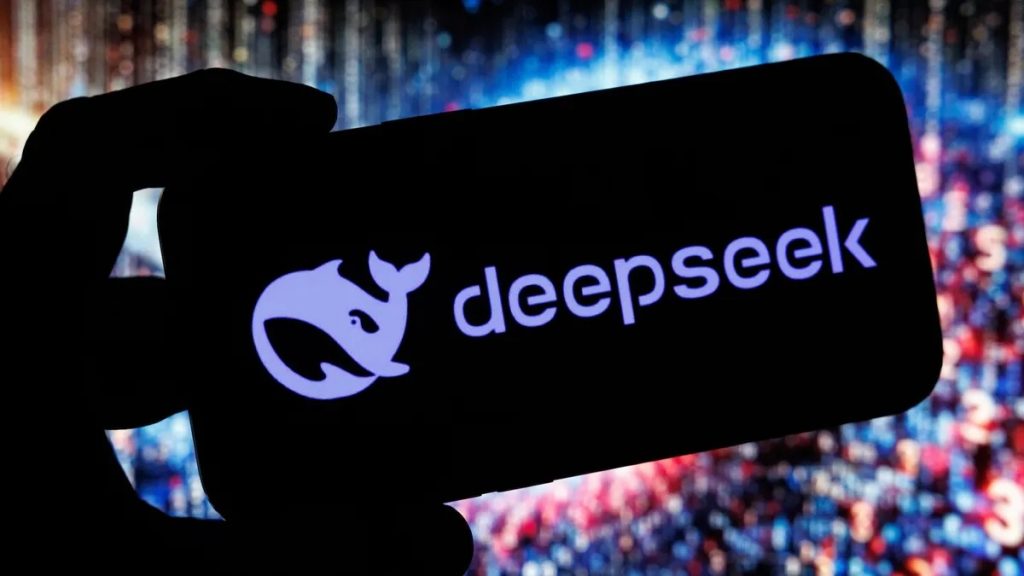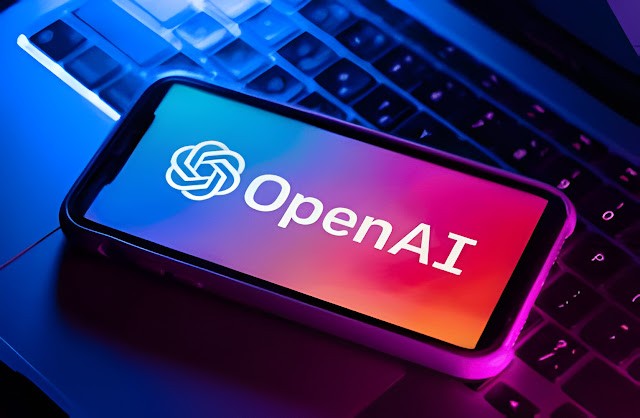Table of Contents
1. Introduction to AI Tools
1.1 Understanding AI Technology
Artificial Intelligence (AI) refers to the simulation of human intelligence in machines that are programmed to think and learn from experience. This technology has transformed countless industries by enabling machines to perform tasks that typically require human intelligence. From data analysis to customer service automation, AI applications are vast and varied.
Choosing the right AI tool is significant as it can directly affect the efficiency and effectiveness of your projects. With many options available, understanding the core functionalities and strengths of each is crucial.
1.2 The Rise of AI Tools in Various Industries
AI tools are increasingly adopted across various sectors including healthcare, finance, retail, and entertainment. Businesses leverage AI to enhance customer experiences, improve operational efficiency, and streamline decision-making processes. The benefits include increased accuracy, reduced costs, and the ability to handle vast amounts of data in real time.
Looking ahead, AI adoption is expected to continue its upward trajectory, with more industries discovering innovative ways to implement AI tools.
1.3 Overview of Deepseek and OpenAI
Deepseek is an AI tool designed to assist businesses with data processing and analysis, focusing on rapid insights and decision-making support. OpenAI, on the other hand, specializes in advanced natural language processing and content generation, providing developers and users the ability to create text and multimedia content efficiently.
In this post, we will compare these two tools, helping you determine which AI solution fits your needs best.
2. Core Features of Deepseek

2.1 Data Processing Capabilities
Deepseek is adept at handling various types of data, including structured and unstructured data formats. It prioritizes speed and efficiency, allowing users to analyze large datasets quickly. The tool integrates seamlessly with existing data systems, making it a versatile addition to any data-driven environment.
2.2 User Interface and Experience
Navigating Deepseek is generally straightforward, thanks to its user-friendly interface. Users appreciate the customizable options, which allow for a tailored experience based on individual preferences and requirements. Feedback indicates that users are typically satisfied with the platform, often praising its intuitive design and functionality.
2.3 Cost Structure and Accessibility
Deepseek offers several pricing models, making it accessible for both small businesses and larger enterprises alike. Users can select from different plans that scale according to their needs. Additionally, many users appreciate the availability of trial versions and demos, allowing them to test the tool before making a commitment.
3. Core Features of OpenAI

3.1 Advanced Natural Language Processing
OpenAI excels in natural language processing (NLP), which allows machines to understand and generate human language. This capability enables a variety of applications, from chatbots to content creation. Compared to traditional NLP tools, OpenAI’s precision and versatility set it apart, making it a leading choice for developers and businesses.
3.2 Creativity and Content Generation
One of the standout features of OpenAI is its ability to create high-quality content across multiple formats, including text and images. Developers and entrepreneurs can harness this creativity for various purposes, including marketing campaigns and product development, making it a favorite among businesses seeking to enhance their communication strategies.
3.3 Community and Support Resources
OpenAI boasts a strong developer community, enriched by forums and discussions that facilitate knowledge-sharing. Its documentation and learning resources are extensive, making it easier for newcomers to get started. Plus, users often report good technical support availability, ensuring they can resolve issues as they arise.
4. Pros and Cons of Each Tool
4.1 Advantages of Deepseek
Deepseek has unique features that distinguish it from its competitors. It excels in data processing speeds and is ideal for businesses that prioritize analytics and insights. Many users have shared success stories, highlighting how Deepseek helped them make informed business decisions.
4.2 Disadvantages of Deepseek
However, Deepseek is not without its limitations. Some users have noted that it doesn’t offer certain advanced features found in tools like OpenAI. Feedback suggests that enhancing its data visualization capabilities could further improve the user experience.
4.3 Advantages and Disadvantages of OpenAI
OpenAI’s strengths lie in its NLP capabilities and creative content generation, which make it popular among a wide range of users. However, it may not be the best fit for those looking for intricate data processing tools. Potential users should weigh these strengths against their specific needs.
5. Choosing the Right Tool for Your Needs

5.1 Identifying Your Requirements
When determining which tool to use, consider your individual or business needs. Different projects may be better suited to either Deepseek or OpenAI. Your long-term goals for AI integration should also guide your decision-making process.
5.2 Making an Informed Decision
Evaluate both tools against your criteria to find the best fit. Looking at the pros and cons can aid in making a personalized choice. Engaging in trials and conducting thorough research before selecting an AI tool is vital for a confident decision.
5.3 Expert Recommendations and User Experiences
Industry experts often emphasize understanding user experiences. Studying case studies can provide insights into how others have successfully leveraged Deepseek or OpenAI. It’s also wise to be aware of common pitfalls when selecting an AI tool, ensuring you don’t overlook crucial factors.
Conclusion
In summary, both Deepseek and OpenAI offer unique strengths and features tailored to different needs. Your choice will depend on factors such as your core requirements, project types, and future goals. Ultimately, understanding these tools will help you make a choice that enhances your productivity and creativity.
FAQs
What kind of businesses benefit most from Deepseek?
Deepseek is particularly beneficial for data-driven businesses that require rapid analysis and processing of large datasets.
Can OpenAI be used for non-technical user projects?
Yes, OpenAI can be effectively utilized by non-technical users, especially those in marketing or content creation roles.
How do pricing models compare between Deepseek and OpenAI?
Deepseek typically offers flexible pricing options that cater to small and large businesses, while OpenAI may have varying rates based on usage or subscription levels.
What are the main factors to consider when selecting an AI tool?
Consider aspects such as functionality, user-friendliness, pricing, and how well the tool aligns with your specific needs and goals.
Is it possible to integrate both tools into a single workflow?
Yes, many businesses choose to integrate both Deepseek and OpenAI into their operations to leverage the strengths of each tool.



